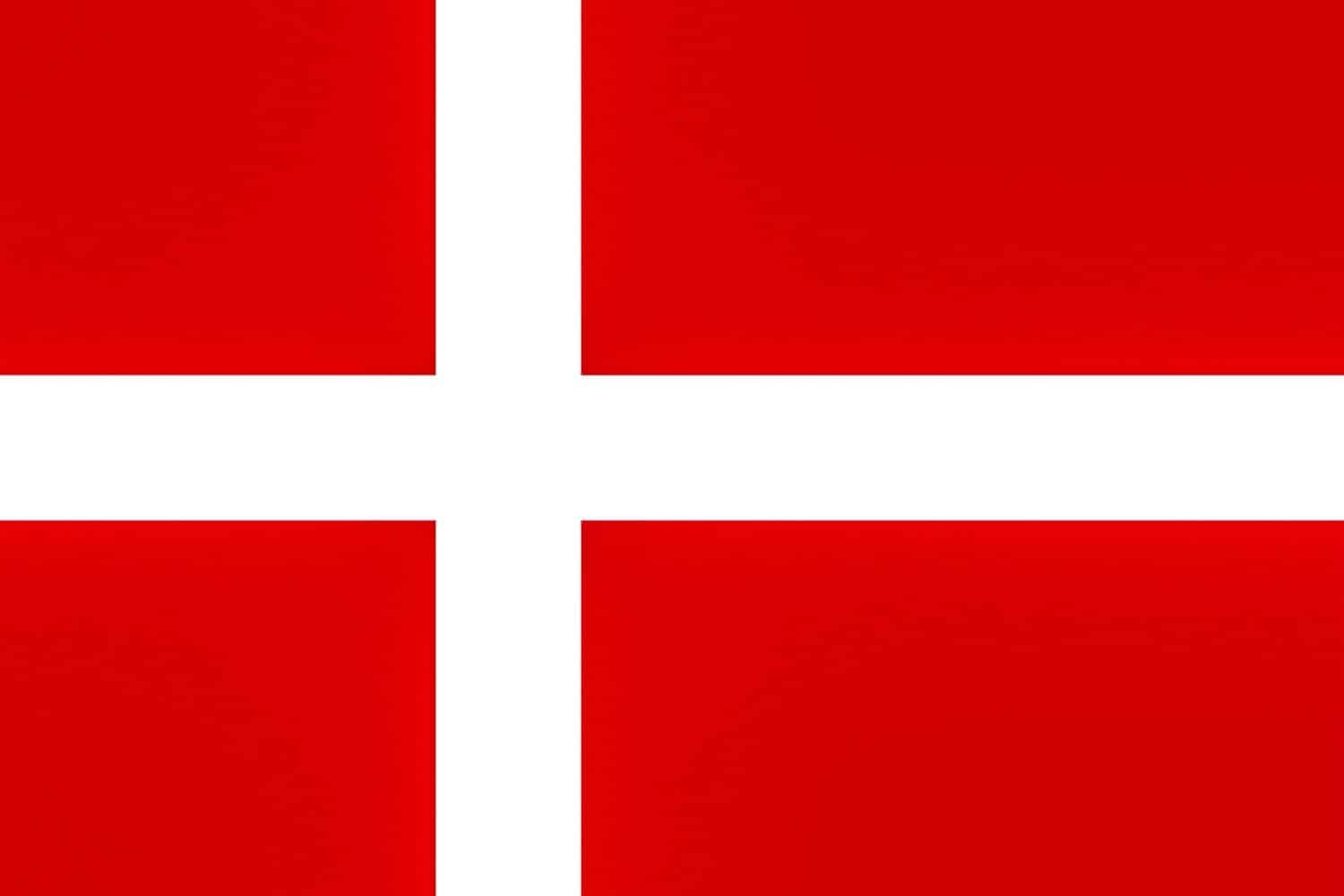Denmark isn’t just another country when it comes to payments. It’s one of the most advanced markets in the world. People use card payments in Denmark and mobile payments in Denmark with an astonishing frequency. Add to that the penetration of mobile wallets like MobilePay Denmark, the national Dankort Denmark debit card, and ultra fast instant transfers Denmark, and you’ve got a landscape where real‑time payments in Denmark aren’t a novelty, they’re the norm.
In this blog, we will discuss the core Denmark payment rails, how Dankort Denmark works in practice, what MobilePay Denmark has become and why, the nuts and bolts behind instant transfers Denmark, an overview of Danish payment systems and what that means for you, as well as how TransFi, strategically powered by stablecoin rails, elevates all of this for cross‑border business.
Denmark Payment Rails
Denmark is one of the most digitally advanced countries when it comes to payments. Most Danes rarely use cash. Card and mobile payments are dominant. The most popular Denmark payment rails are Dankort Denmark, MobilePay Denmark, and Instant transfers Denmark.
Dankort Denmark is the national debit scheme dating back to 1983, now often co‑branded with Visa or Mastercard, used widely in-store and online. MobilePay Denmark was launched in 2013 by Danske Bank, now used by over 4.4–4.5 million Danes which is about 75–76 % of the population. Instant transfers Denmark via Express Clearing (Straksclearing) were introduced in 2014 and allow 24/7, near‑instant transfers up to DKK 500,000.
Nine out of ten physical-store transactions are now digital with more than one card payment per person per day. This shows how ingrained card payments in Denmark are. So when you talk about Danish payment systems or Denmark fintech infrastructure, you're looking at a market where digital, instant, mobile, and card rails interconnect seamlessly. TransFi integrates with all Denmark payment rails to ensure global transfers feel like local ones.
Dankort Denmark
Dankort Denmark is Denmark’s national debit card, born in 1983. But today most Dankort are co‑branded with Visa or Mastercard, meaning they ride global networks when needed. Dankort is deeply trusted and widely accepted. Security got a boost around 2004 with chip‑and‑PIN, and fees moved from per‑transaction to a merchant‑paid annual tiered fee structure.
Danish merchants often prefer Dankort or co‑branded versions over foreign cards because of fee structures, familiarity, and trust. Still, international debit and credit cards are growing as Danes embrace wallet payments.
To sum it up, Dankort Denmark holds its unique place in the Denmark payment rails, is trusted, widespread, and still key to the payment infrastructure in Denmark for businesses.
MobilePay Denmark
Launched in 2013 by Danske Bank, MobilePay Denmark was fully adopted by all Danish banks by 2017. Today about 4.5 million users which is about 75–76 % of Danes, rely on it for everything from splitting bills to paying groceries to donating via QR codes. Over 200,000 Danish merchants accept it.
What this really means is that mobile payments Denmark went from optional to expected. MobilePay Denmark merged with Norway’s Vipps in 2022, forming Vipps MobilePay, enabling smoother cross‑border payment infrastructure in Denmark for businesses across the Nordics while still operating under its own brand locally.
MobilePay’s use of instant rails means most transactions settle immediately. It’s fast, intuitive, secure (PIN or biometric protected), and used even by older age groups. That popularity helped turn instant transfers and real‑time payments in Denmark into the new normal.
TransFi offers MobilePay Denmark as a payment option, making payments for the locals feel trustworthy. This helps in preventing drop-offs as people are more likely to pay if they find a familiar payment method at checkout.
Also read about: Uganda’s Payment Rails & How They Work – Mobile Money, EFT Systems & Instant Transfers
Instant Transfers Denmark
Denmark didn’t wait around for the rest of Europe to figure out real-time payments. Back in 2014, while most countries were still stuck in batch processing, Denmark introduced instant transfers with Straksclearing (Express Clearing), years before SEPA Instant. It is a system that lets you move up to half a million Danish kroner instantly, any time of day, any day of the year.
Of all P2P transfers, two‑thirds are now instant via mobile wallets like MobilePay Denmark. And solutions like Apple Pay and Google Pay also ride those rails while expanding contactless ease.
TransFi offers instant transfers in Denmark along with global compliance and enterprise grade security. With built in AI powered smart routing, the platform ensures every transaction is routed via the fastest and most cost-effective rail, providing utmost precision every time.
Danish Payment Systems
Denmark is nearly cashless, with most people using cards, MobilePay, and online banking. The country is a leader in digital financial infrastructure, making payments quick, secure, and efficient.
The Danish payment systems are multi-layered. The national debit card, Dankort, is the most common, often linked with Visa or Mastercard for broader use. International cards like Visa and Mastercard are accepted almost everywhere, and American Express is gaining some ground in cities. MobilePay is the go-to app for Danes. It’s used for everything from splitting a restaurant bill to paying a street vendor, and it connects directly to your bank account or card. Apple Pay, Google Pay, and Samsung Pay are also widely supported by local banks. When it comes to bank transfers, most people use NemKonto for official payments like salaries and government benefits. For everything else, instant transfers via Straksoverførsel are common and easy to do through online banking. Online shopping is big in Denmark too, with people paying mostly by card, MobilePay, or direct bank debit. PayPal is available, but not as widely used. Contactless is standard nowadays as people tap to pay for everything, including a coffee or a loaf of bread. Cryptocurrency is legal but still very niche. A few online stores accept it, but it’s far from mainstream. For businesses, tools like Betalingsservice handle recurring payments, and systems like NemHandel and MitID support secure transactions with other businesses or the government.
Overall, Denmark fintech infrastructure is mature, diverse, highly digital, fast, and growing fast. TransFi plugs into all local Danish payment systems, making it effortless for businesses to expand their presence in Denmark’s market.
Conclusion
Denmark payment rails with Dankort, MobilePay, and instant transfers make for a high-velocity, trusted, and efficient system where Denmark digital payments, card payments in Denmark, mobile payments Denmark, and instant transfers and real-time payments in Denmark are the everyday expectation.
Now, if your business operates across borders and needs to tap into these rails and beyond, here’s where TransFi comes in. Powered by stablecoin rails, TransFi connects you to 40+ currencies, 80+ digital assets, 250+ local payment methods and 100+ countries. It brings enterprise-grade security, lowest processing fees, best FX rates, global compliance, instant settlements, and AI-powered smart routing that picks the fastest, most cost-effective rail for every transaction. In other words, it bridges Denmark fintech infrastructure with the global stage, better, cheaper, faster.
If you are a business or an individual looking to tap into Denmark’s market, talk to an expert at TransFi today and unlock global growth.
FAQs
1. How Denmark’s payment rails work?
Denmark payment rails are layered where Dankort is the national debit, MobilePay is used as a mobile wallet, and Express Clearing is for instant transfers. All interoperate across cards, mobile, and real-time rails, making Denmark digital payments the default.
2. Which is the best cross-border payment infrastructure in Denmark for businesses?
For local use, Dankort and MobilePay dominate. But TransFi is the best cross-border payment infrastructure in Denmark for businesses. It leverages stablecoin rails, offers deep local method access, provides instant settlements, and ensures AI-optimized routing.
3. What is the overview of Denmark’s digital payment systems?
Denmark’s payment systems cover national debit (Dankort), mobile wallets (MobilePay, now part of Vipps MobilePay), instant bank-account transfers via Straksclearing, plus cross-border infrastructure like TransFi.
4. What is the comparison of Dankort vs MobilePay in Denmark?
Dankort is a familiar debit card system, widely accepted and low-cost for merchants. MobilePay is a mobile wallet that leans on instant rails and user-friendly interfaces; dominant in peer-to-peer and in-store mobile use.
5. What is the best way to enable instant transfers and real-time payments in Denmark?
For domestic use, use Express Clearing (Straksclearing) via mobile or bank apps. For cross-border transactions, TransFi enables global real-time payment flows using stablecoin rails and AI routing, making instant transfers reliable across currencies and systems.
Table of Contents
Suggested Article
Explore our products

Make global payments at the speed of a click

Accept payments, remove borders.

Unlock Seamless Digital Currency Transactions Anywhere








.png)














